The best new synths, samplers and drum machines of NAMM 2018
From under $200 to over $4000, there’s something for everyone
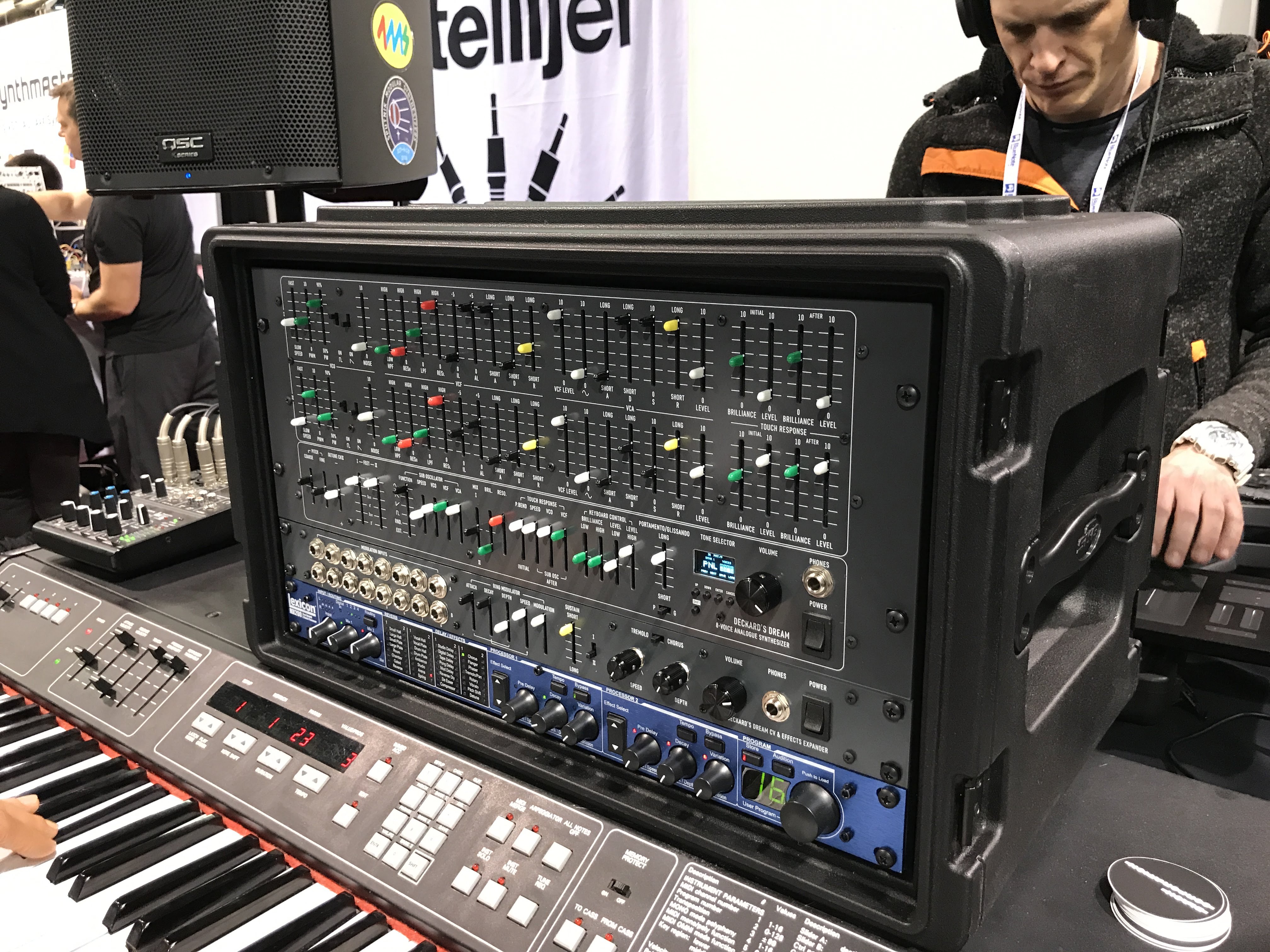
NAMM 2018: It was a bit of an odd show for synth-lovers this year. A new hall layout saw the hi-tech music offerings split between a new building and the more recognisable Hall A, and Moog and Dave Smith Instruments were notable absentees.
All was not lost, though; Moog set up shop (or house, to be more precise) in another part of town and we still had the likes of Korg, Waldorf and Elektron to wow us with their wares... and wow us they did.
It wasn’t all about the more established names though, as we were still met with a few undiscovered gems and startups that got us all excited.
Take a trip through our gallery of our favourite synthesizers, drum machines and samplers from in and around the show - even the oddball ones.
For more of NAMM 2018’s finest, check out MusicRadar’s best of NAMM awards.
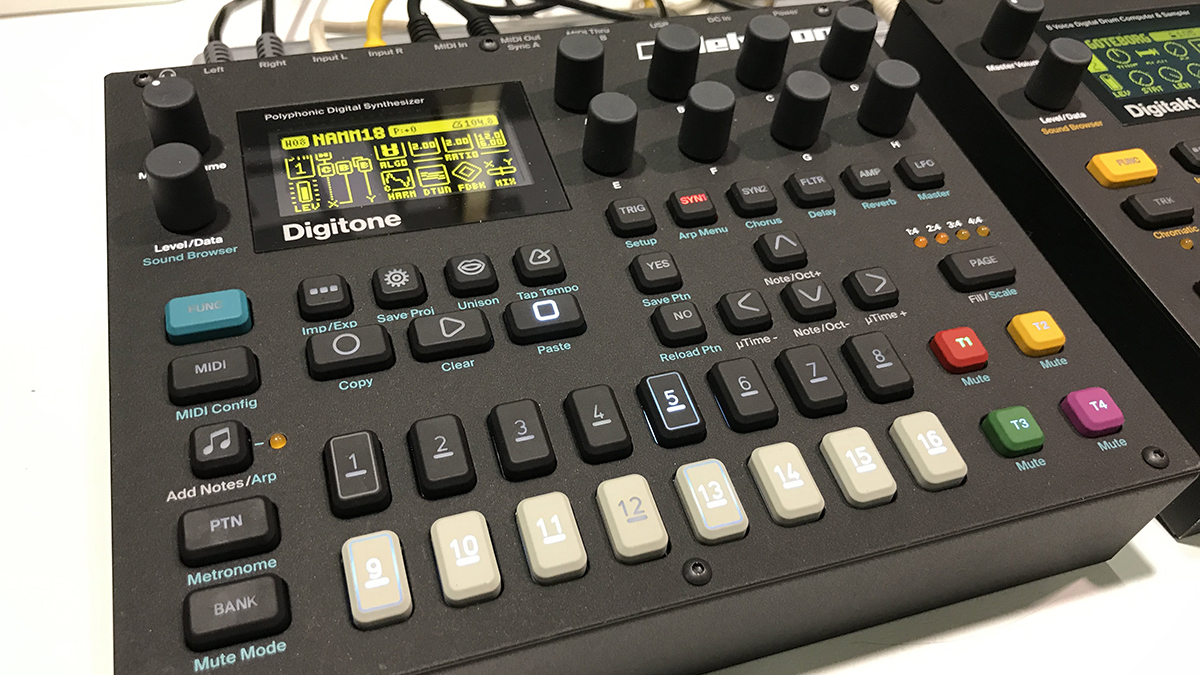
Winner: Elektron Digitone
With so many products released in the week before NAMM, we were wondering if there would be any surprises at the show. Luckily, Elektron was on hand to drop one of our highlights, the Digitone.
On top of being one of the best surprises, we also crowned the 4-voice FM polysynth our best synth of the show.
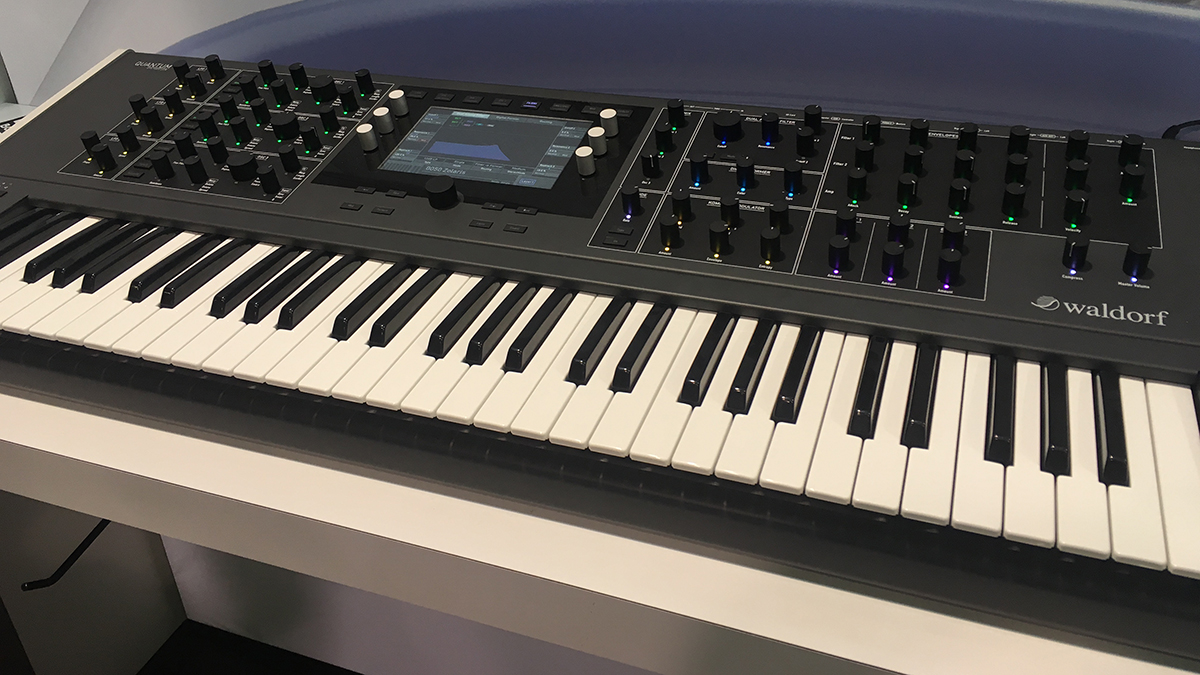
Waldorf Quantum
We first saw the Quantum in Musikmesse last year, but it was very much a prototype and the only one in existence at the time.
Fast-forward 10 months and it looks like Quantum is about to ship, with most retailers taking pre-orders.
The epic digital/analogue hybrid is where we hope synthesizers are heading; lord knows there are more than enough single-voice monosynths on the market right now. So it won’t be any surprise to you that we voted it our best tech innovation.
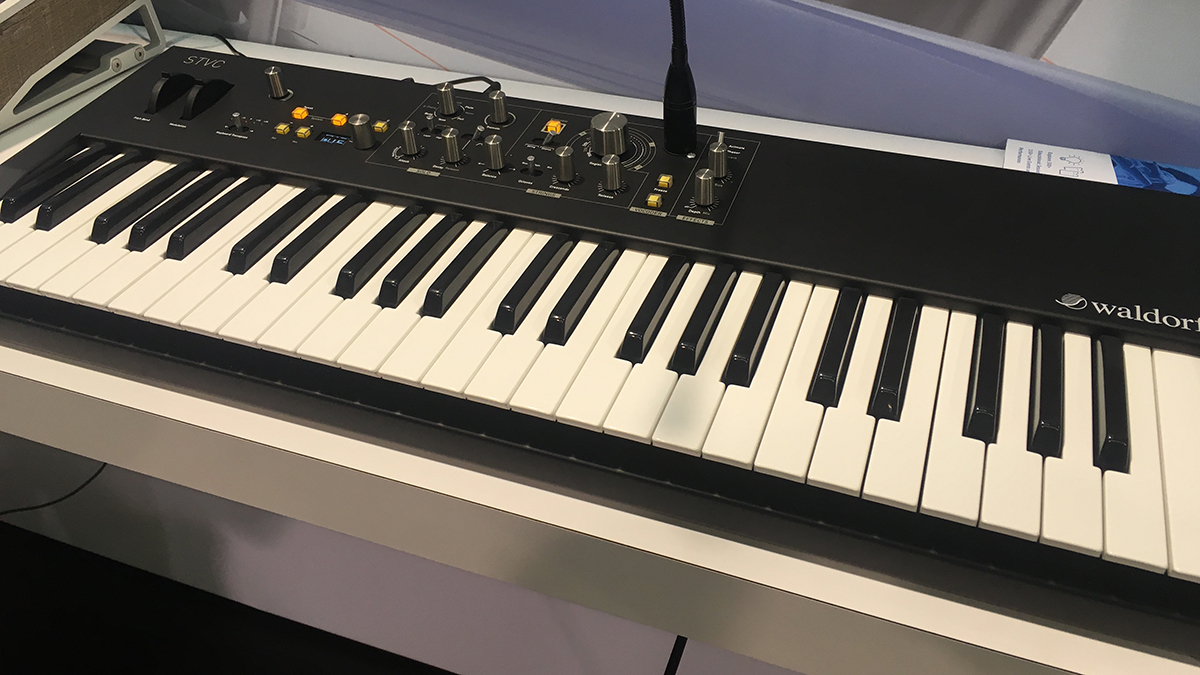
Waldorf STVC
Not content with just giving us the Quantum, the German manufacturer (which is now distributed by Korg US in the States) was also showing off its newest synthesizer in the form of the STVC, housed in a familiar Blofeld keyboard chassis.
The 16-voice synth features the same Violin, Viola, Cello, Brass, Organ and Choir settings as the Streichfett, with the bonus of a vocoder to add to the ‘70s-esque creaminess.
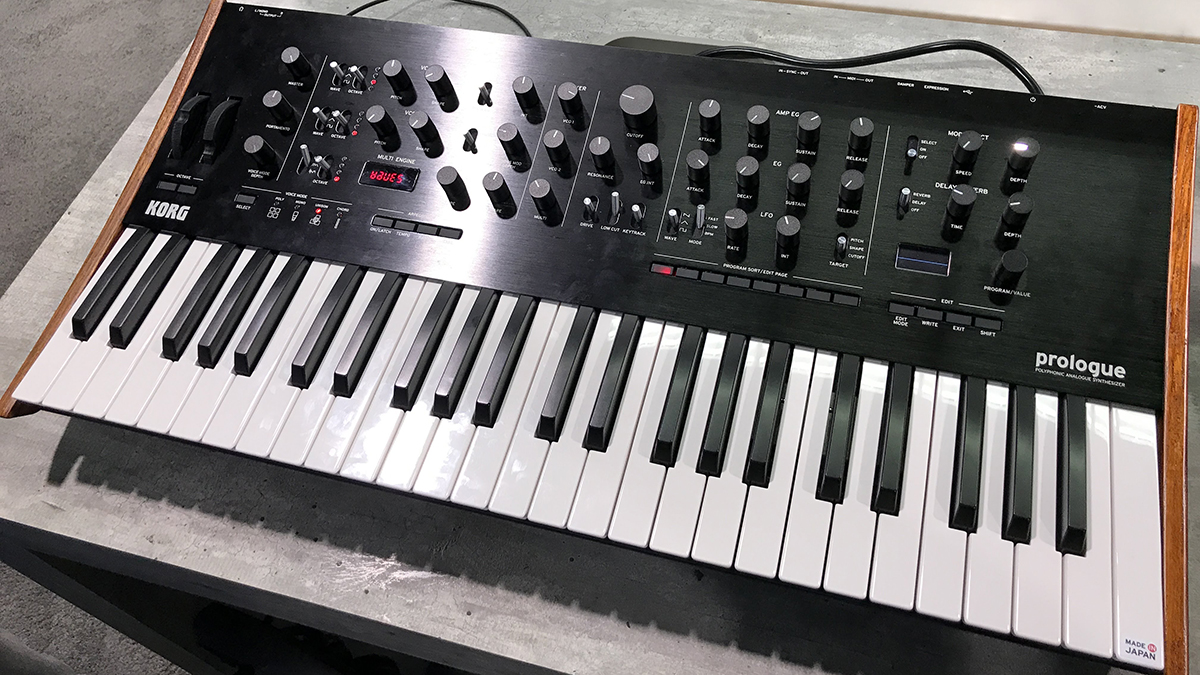
Korg Prologue
We all hoped that Korg was heading in the direction of a huge performance-centric polysynth, and it did not disappoint with the Prologue.
It comes in two flavours: 8-voice, 49-key and 16-voice, 61-key. The latter features a low-frequency compressor, and Korg also showed us a very special chromed prototype.
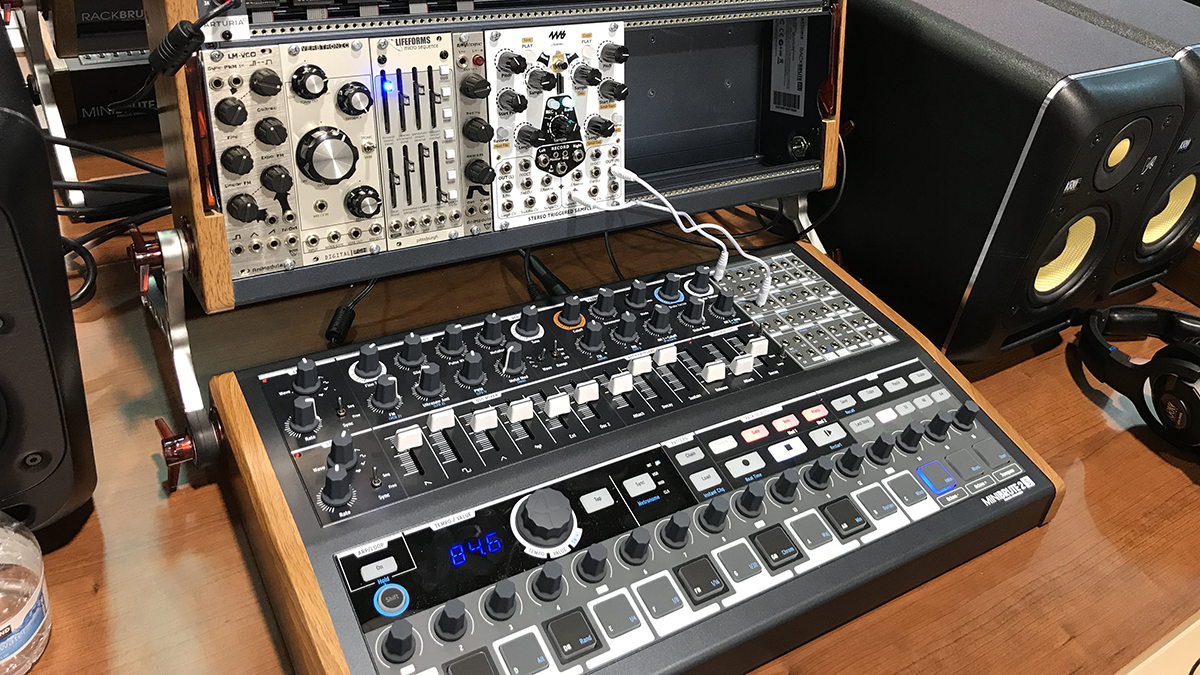
Arturia Minibrute 2 and 2S
Another pre-show announcement came courtesy of Arturia’s update of the MiniBrute. And what a lovely surprise it was - we were met with not one, but two new ‘Brutes.
Both the MiniBrute 2 and 2S feature beefed-up sound engines, with a proper second oscillator added, and have gone all out semi-modular, with a comprehensive patchbay. The 2S is a keyboard-free, sequencer-centric version.
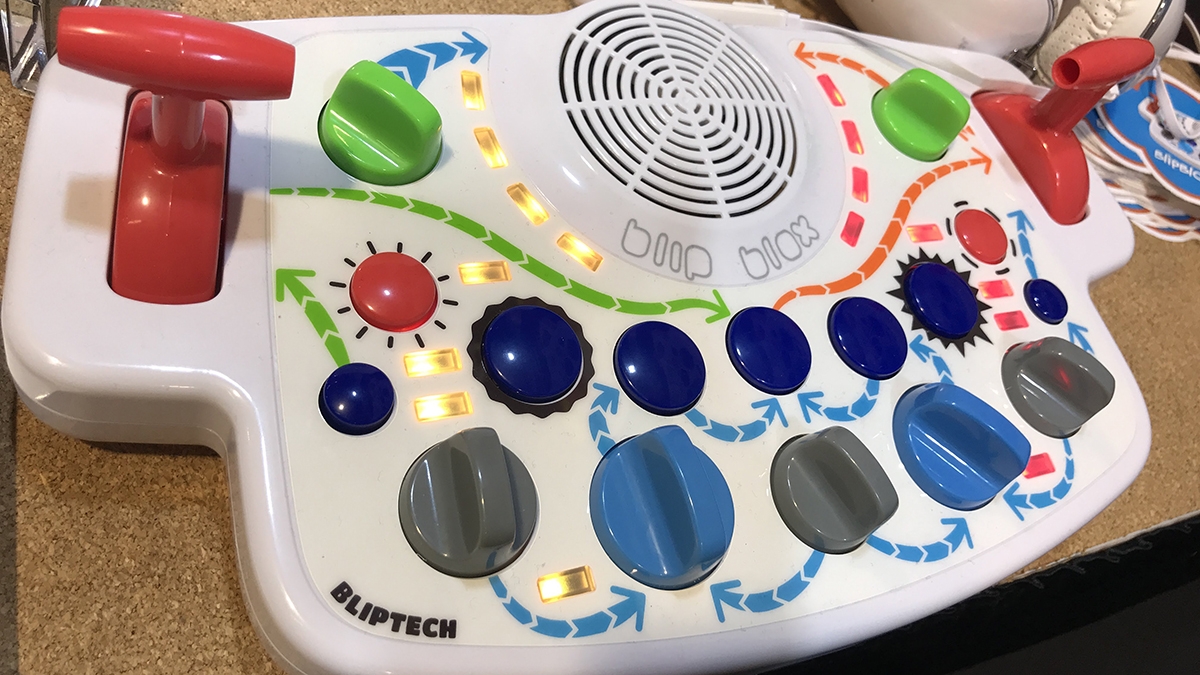
Playtime Engineering Blipblox
The Blipblox is equal parts toy and useful synth for grown-ups, and that's just fine by us.
Designed for ages three and up, Blipblox treats you to eight ‘unique oscillator modulation schemes’, a low-pass filter, two EGs, two LFOs and a 3-in/3-out modulation matrix.
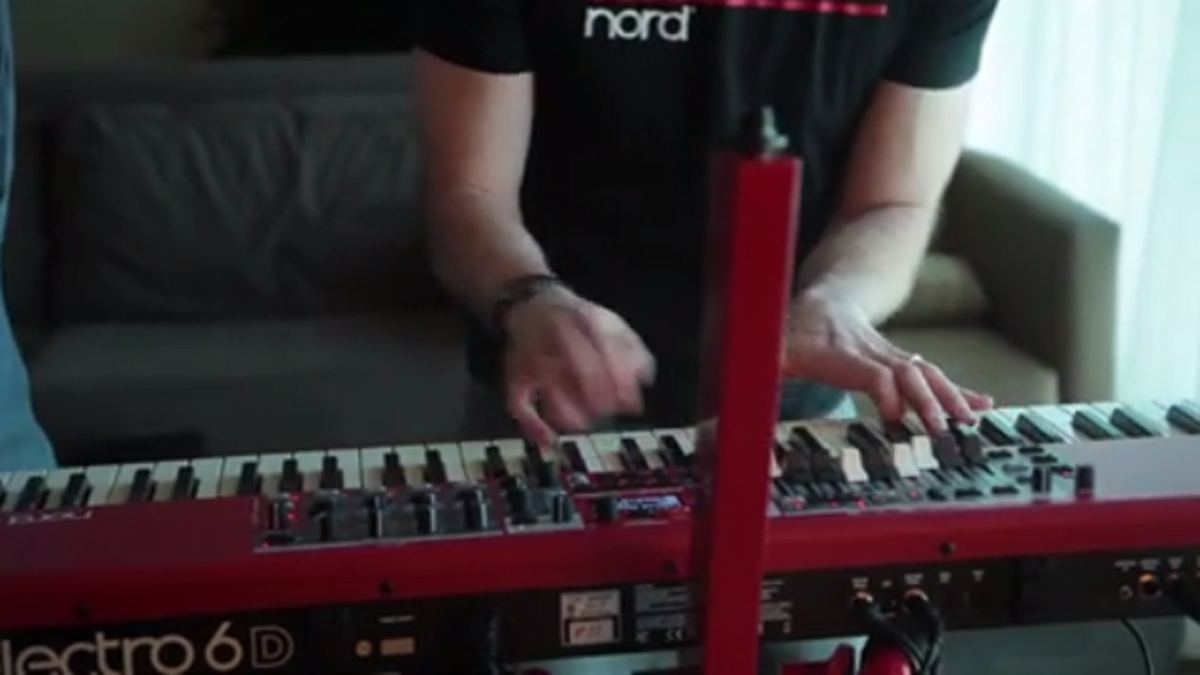
Nord Electro 6D
Not so much a case of revolution, but good ol’ evolution, the Electro 6D adds some much-needed updates including seamless transitions between sounds, expanded polyphony and sample memory to name but a few.

Deckard’s Dream
Yamaha’s grand old monster synth, the CS-80, is 40 years old; would you believe that it has taken this long for someone to come along and create a clone?
Well, that might have something to with the fact that, until now, it has been nigh on impossible to replicate the original circuitry. That is of course unless you are a certain Roman Filipov of Black Corporation fame, who has painstakingly recreated one of the most sought-after synths of all time. It comes in at a fraction of the price, cost and weight of the original.
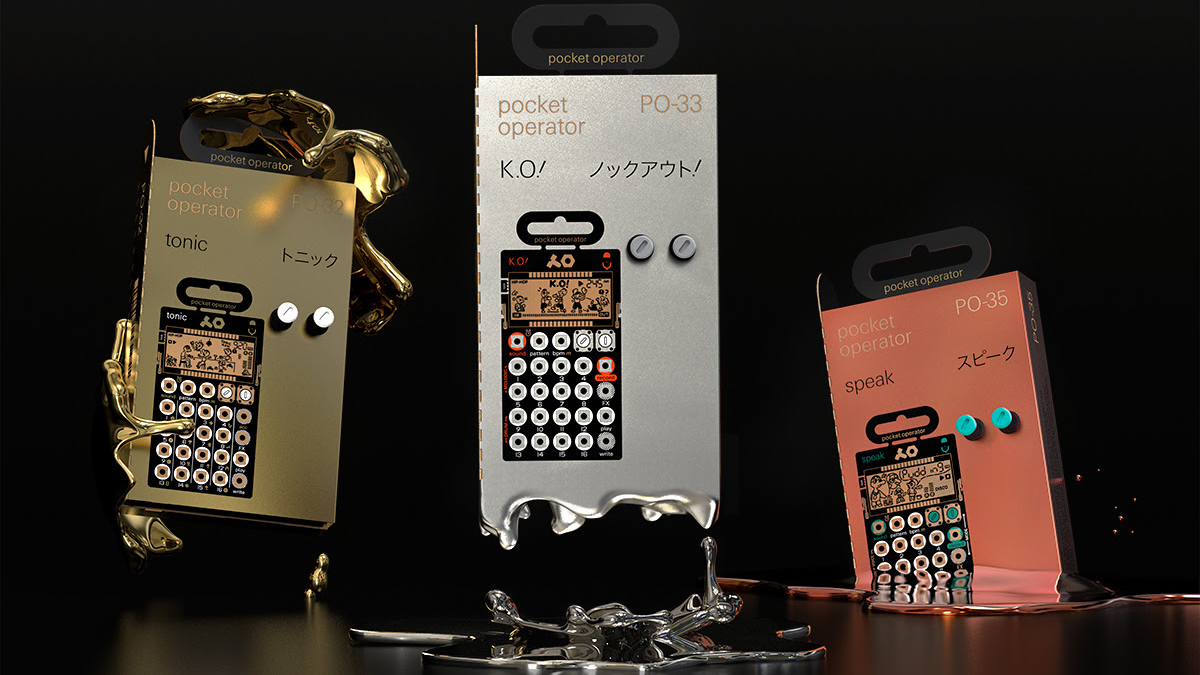
Teenage Engineering PO-33 K.O! and PO-35 Speak
Completing the latest range of Pocket Operators, dubbed the ‘Metal Series’, are the PO-33 K.O! and PO-35 Speak handheld synths.
The PO-33 has a 40-second sample memory and comes with a built-in mic, so you can capture sounds wherever you go. The PO-35, on the other hand, is a vocal synth and sequencer that comes with eight voice characters and a built-in mic for recording your own phrases.
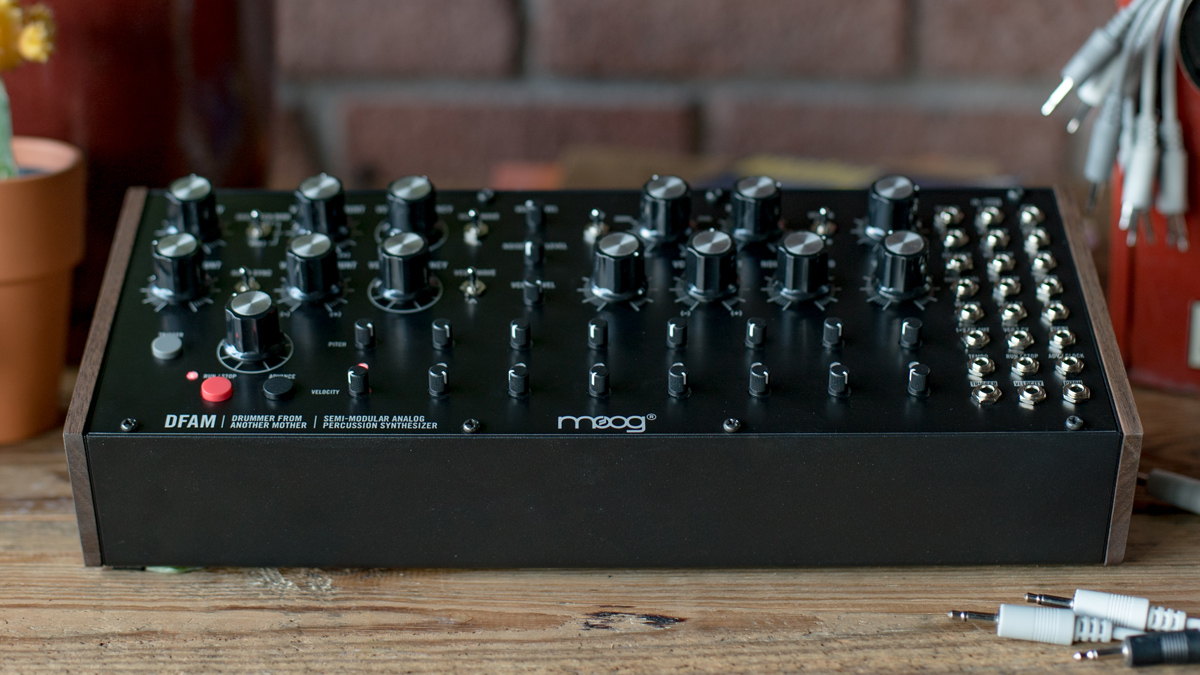
Moog DFAM
Rewind back to last year’s Moogfest and you may recall Moog allowing a select few (paying customers) to build their own instrument (previous year’s builds included the Werkstatt-01 and Model-D). 2017’s build project was the Drummer From Another Mother, a drum synth based on the Mother-32.
This year was the first time we got to see the drum machine in the flesh, as we visited Moog's House of Electronicus. We instantly fell in love with the immediacy and tonal qualities of the DFAM, which we’re sure will be a very worthy gateway drug to the world of Eurorack.
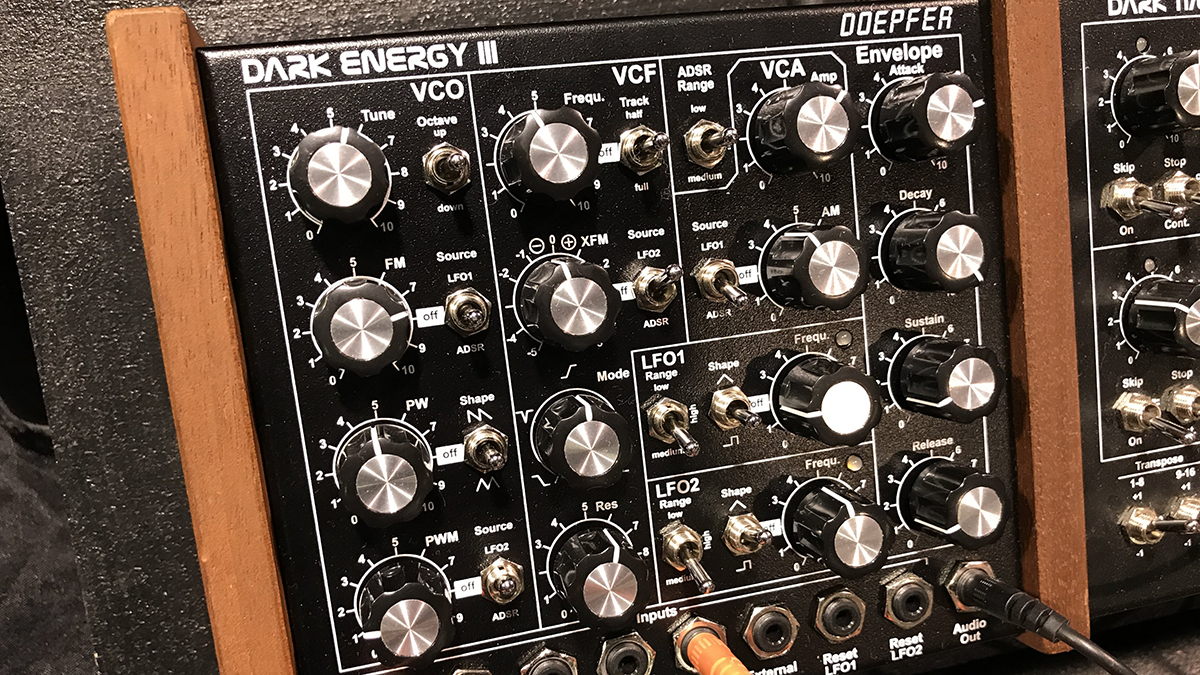
Doepfer Dark Energy III
We first saw Dieter Doepfer’s little desktop synth, the Dark Energy, back in 2009, and version two landed in 2012. Now version three is about to hit the shelves.
It features all the hallmarks of the Doepfer brand, with a rugged chassis and wooden end cheeks, but an updated VCO that no longer requires any warm up time.There's also an additional triangle waveform.
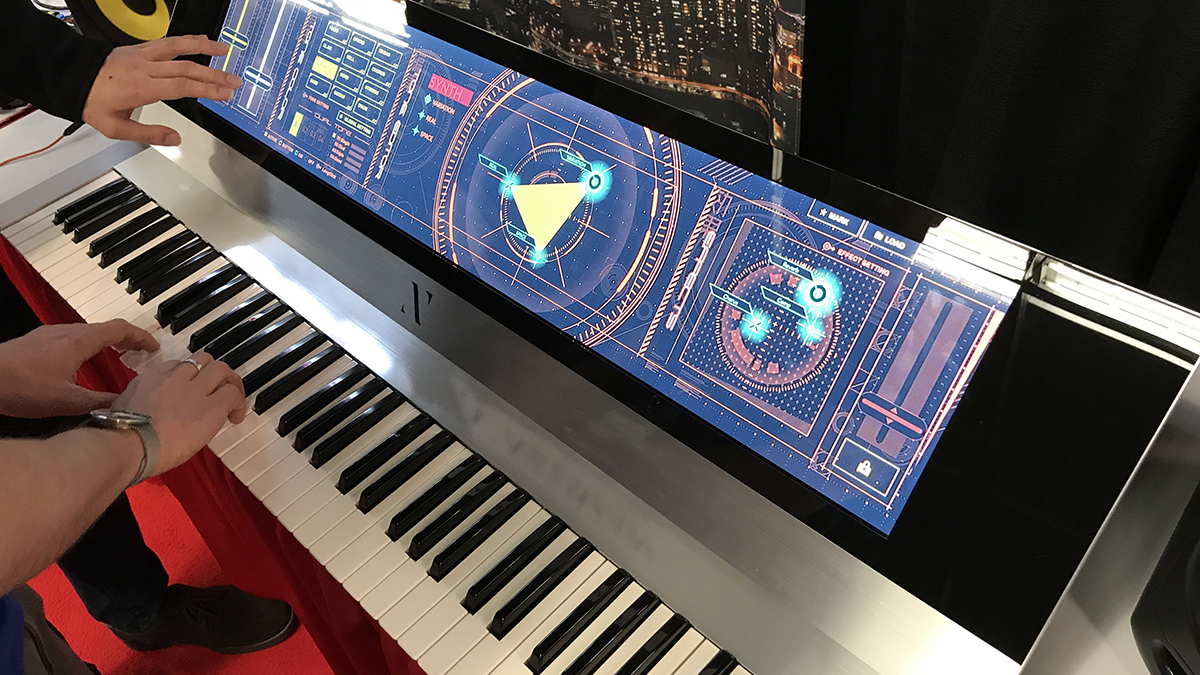
Nearly there, but not quite…
It would be rude of us not to give honourable mentions to a couple of products that we saw at the show that were nearly there, but still had a little way to go to become the finished article.
First up is the Yudo Neuman-2, which at first glance looks very impressive; massive touch screen, aluminium chassis, 76 keys, multiple sound engines, etc, etc.
Sadly, it seemed that only the Piano sound engine was available for demonstration, with a ton of other features not yet available. We were also slightly dismayed at the low screen resolution and lack of multitouch, although it was unclear as to whether the latter was yet to be implemented.
Perhaps the biggest question we found ourselves pondering was why? Is a huge touchscreen synth what we need? Will performers prefer touchscreen manipulation for controls such as pitch bend and modulation? We highly doubt it, but what can be said of the Yudo is that they are not afraid to try. We await the finished article with bated breath.
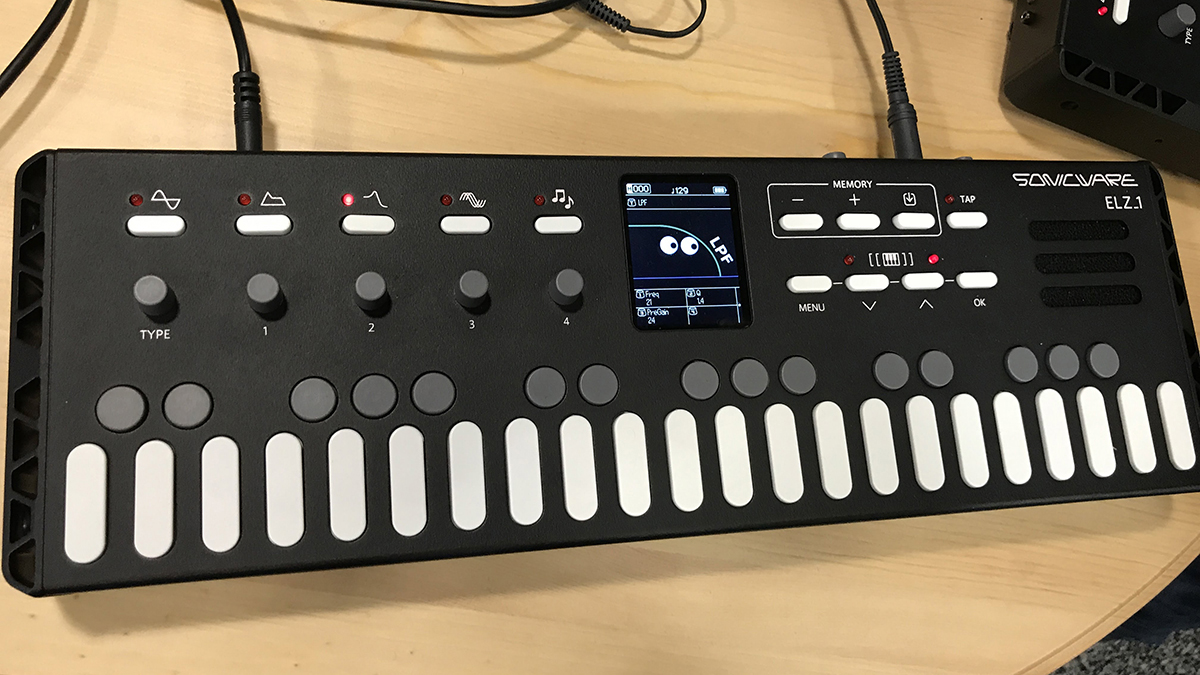
Lastly, we have Sonicware’s ELZ_1. When news first dropped of this six-engined beast of a compact synth, we were somewhat excited about seeing it in the flesh. However, we were slightly disappointed with the results so far. And when we say “so far” we hope that some issues will get ironed out in the near future.
Our chief concerns were a distinct lack of modulation, with no LFO on board, overall build quality was questionable and the visual feedback on the display was non-existent, to the point where the cutoff slope graphic didn’t react to any movement from the encoder. Even the inclusion of a pair of cartoon eyes didn’t move.
Despite the six sound engines onboard, none of which are stackable. Combining the multiple sound sources would surely result in sonic armageddon.
Not ones to put a product down at such a precarious moment in it’s lifespan, we hope that Sonicware takes a good look at the competition to see what can be improved.

I take care of the reviews on MusicRadar and Future Music magazine, though can sometimes be spotted in front of a camera talking little sense in the presence of real musicians. For the past 30 years, I have been unable to decide on which instrument to master, so haven't bothered. Currently, a lover of all things high-gain in the guitar stakes and never one to resist churning out sub-standard funky breaks, the likes of which you'll never hear.
“Excels at unique modulated timbres, atonal drones and microtonal sequences that reinvent themselves each time you dare to touch the synth”: Soma Laboratories Lyra-4 review
e-instruments’ Slower is the laidback software instrument that could put your music on the fast track to success
“Excels at unique modulated timbres, atonal drones and microtonal sequences that reinvent themselves each time you dare to touch the synth”: Soma Laboratories Lyra-4 review
e-instruments’ Slower is the laidback software instrument that could put your music on the fast track to success



![PRS Archon Classic and Mark Tremonti MT 15 v2: the newly redesigned tube amps offer a host of new features and tones, with the Alter Bridge guitarist's new lunchbox head [right] featuring the Overdrive channel from his MT 100 head, and there's a half-power switch, too.](https://cdn.mos.cms.futurecdn.net/FD37q5pRLCQDhCpT8y94Zi.jpg)





